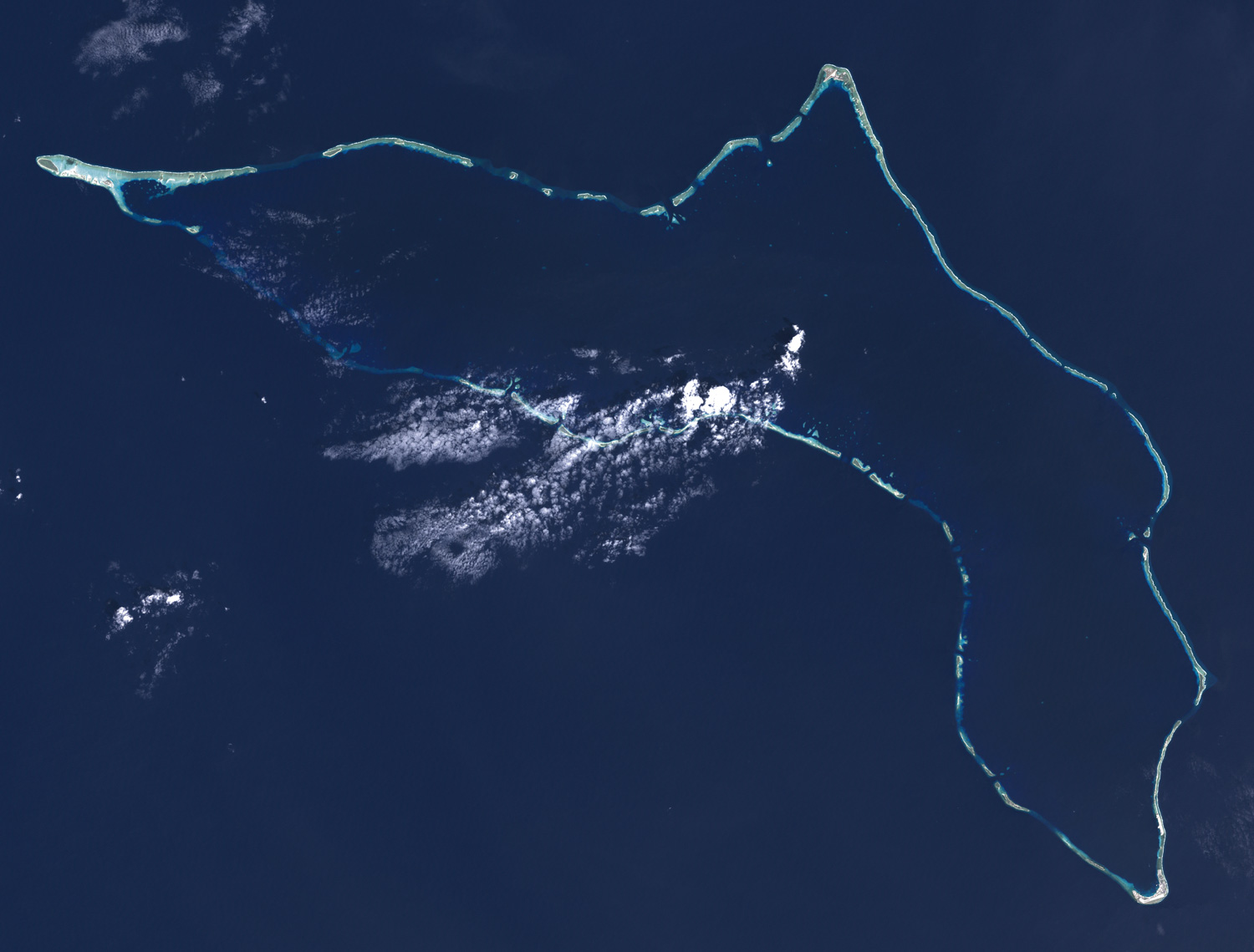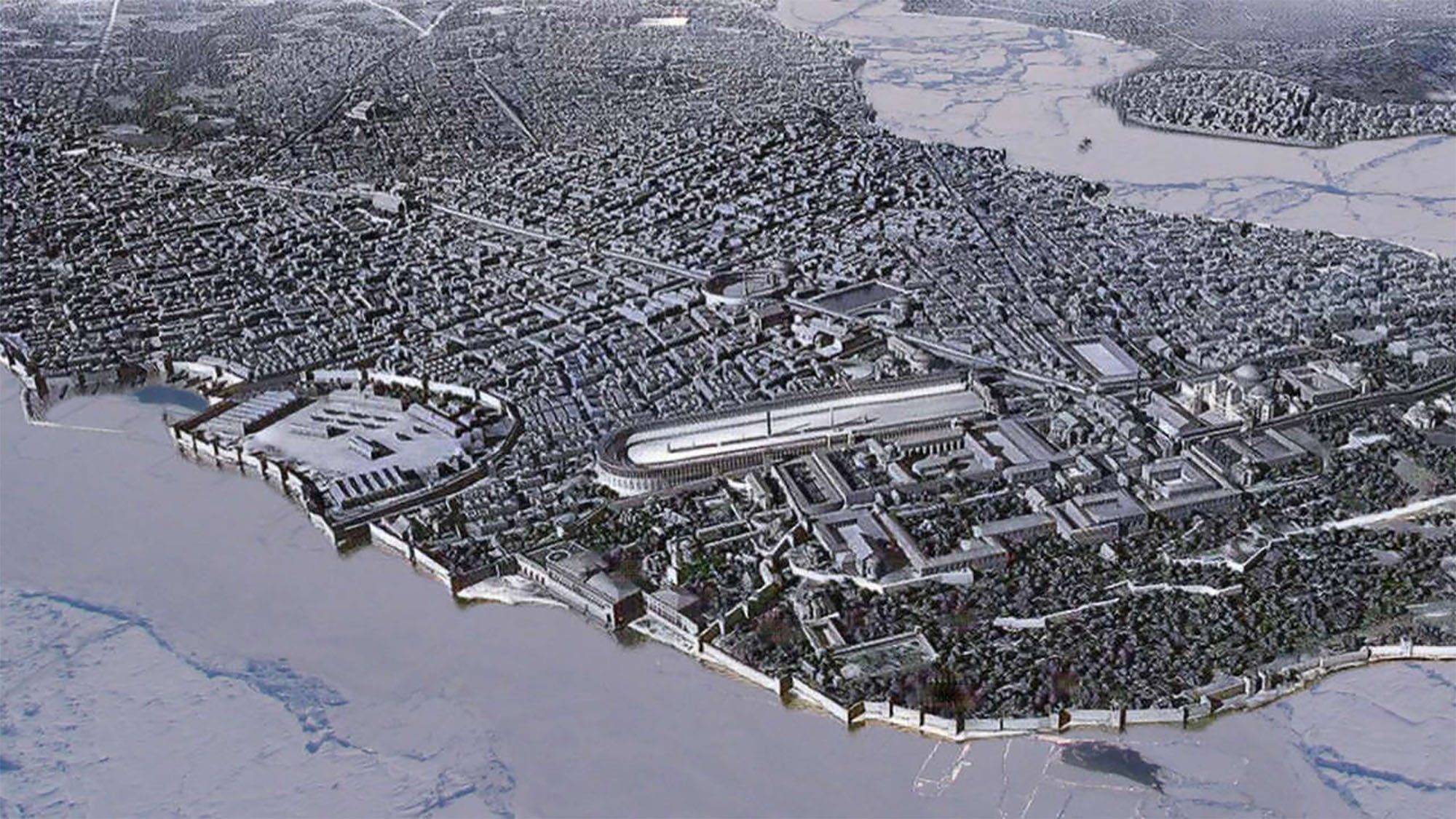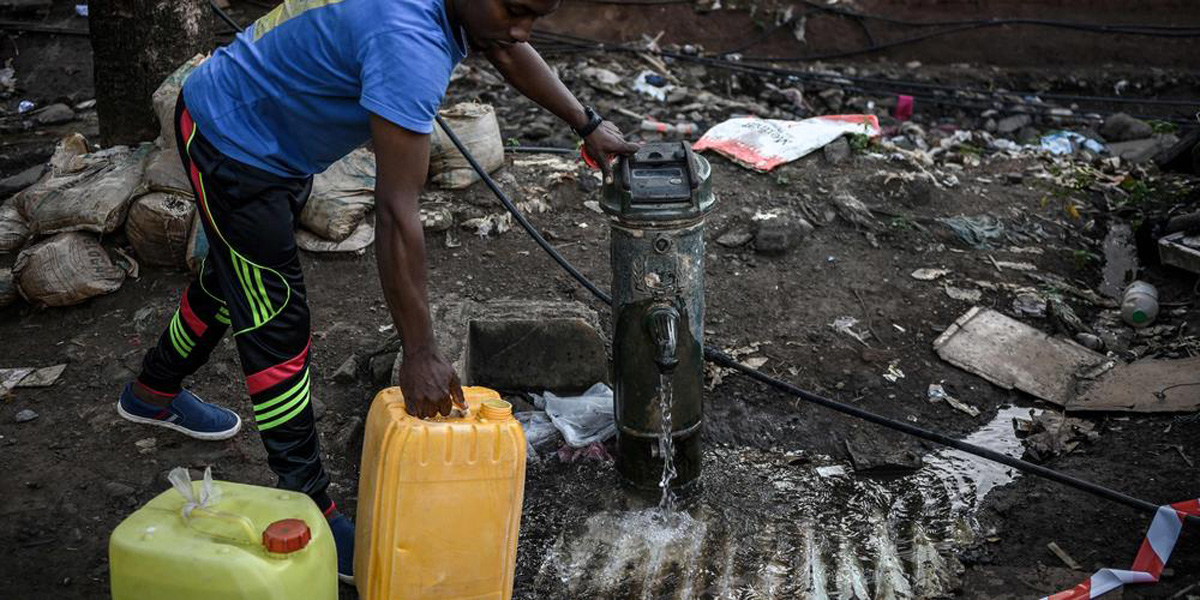South Asia is at the forefront of climate change, with the poorest
- Because of the responsibility for climate change, the climate is not in the same situation either. On the front line is South Asia, whose first victims are the poorest, who perform external manual work. Extreme sergeance will endanger human survival. As the air conditioners market develops, disasters like last year can turn some tens of millions of people into refugees.

In the last year 2022, the effects of climate change have surpassed many brands, with South Asia undoubtedly the region of the world that has surpassed most brands. In spring, India and Pakistan experienced a three-month heat wave with temperatures of up to 51. The thermal wave, in addition to the direct victims, has left a long list of damages: permanent depletion of workers, air pollution from small ashes, ozone and particles emitted by power plants, water scarcity, forest fires, power outages, overcoming glacial lakes, causing floods and destroying infrastructure, crop losses that halve the wheat harvest in some regions, heat or trace.
Climate change can cause the migration of about 40 million people in South Asia until 2050, of which more than 13 million can migrate within Bangladesh
If it were not too much to bear all this, from June to October Pakistan has suffered the hardest floods in its history, with a rainfall level of July three times the normal values of that month. 33 million people affected, 250,000 homes and 80,000 hectares of crop destroyed, 1,739 people and 700,000 animals killed, 3,000 kilometres of roads and 130 crushed bridges. According to Pakistan’s climate change minister, Sherry Rehman, this episode has exceeded all the limits of past events. Despite these extraordinary events, climate change has increased its probability by 30 times. According to the World Bank, nearly
700 million people in South Asia, almost half of their population, have suffered in the last decade the damage from a climate catastrophe. According to the climate risk index developed by the NGO Germanwatch, India and Pakistan have been the countries most affected since 2000 by climate change.
According to last year's Intergovernmental Panel on Climate Change (IPCC) report, South Asia will also experience the most significant declines in agricultural yields, due to the expansion of thermal stresses and harmful insects or fungi that will accumulate in the region, as well as the increased frequency of extreme events such as heat waves, floods or droughts. But in addition to the plants and animals that feed us, the sargor directly threatens the physical survival of man, whose heat waves are produced in very wet air. In fact, above
a certain level of temperature and humidity it is impossible to maintain body temperature at 37 degrees through sweat. According to the IPCC, the capacity for external physical work for 150 or more days of the year at the end of the century can be reduced by 40 per cent (SSP5-8.5), particularly in the state of Gujarat, Pakistan, the Ganga River basin, Bangladesh, the east coast of India and Sri Lanka. This estimate of 40 percent is the average, and if some people can better support extreme sergeance, many others will die.
Climate change is a social problem
This picture clearly shows us that we are not all in the same position in relation to climate change, both geographically, more protected than North Europe or East America, Maldives or Bangladesh, or socially, as in the same high-risk region the poor and manual workers are the most affected.
In a November report last year, without cynicism, entitled Climate Investment Opportunities in India’s Cooling Sector (“India’s Climate Investment Options in Air Conditioning”), the World Bank noted that demand for air conditioning will open new markets in India, offering investment alternatives of $1.6 trillion. It explains that by 2037 demand for air conditioning is going to be halved and that if a greener roadmap is not promoted, this can increase greenhouse gas emissions in India by 435% over the next two decades. On the contrary, the report details the survival of farmers or precarious workers who cannot buy this equipment, except for a general and brief advice for housing policy.
The sergeant threatens the survival of the human being, since from a certain temperature and humidity it is impossible to maintain the body temperature at 37 degrees.
The Preparing for Internal Climate Migration (Preparing for Climate-Driven Internal Migration) report published by the World Bank four years earlier predicted that in South Asia some 40 million people would migrate until 2050, more than 13 million within Bangladesh forcing internal migration, if a fundamental climate policy were not put in place. If climate change is reduced, it is estimated that by 2050 this figure would be around 20 million.
Like the famous phrase of Slavoj Žiek, "we can more easily imagine the end of the world than capitalism," with another illustration, we can more easily advance the exile or death of the poorest than sufficient efforts to improve their living conditions.
Addressing the historical dimension of the problem
.jpg)
We can add the historical dimension to the social and geographical dimension of climate change, as greenhouse gas emissions in North or East Europe and in Pakistan or Sri Lanka do not have the same historical responsibility. In this regard, the request for a fund to compensate for the losses and damage of the most vulnerable States to climate change, approved at COP27, was encouraged, although it still has many gaps and gaps.
In the novel by writer Kim Stanley Robinson, The Ministry for the Future, which runs from 2025 to 2050, the Indian government unilaterally decides to promote a programme of geoengineering, which dispels suffering in the atmosphere and does not suffer in the wisdom of its monsoon.
The head of India says in his novel that they are willing to risk any exit in a vital situation. Let's see if that fiction will continue to be fiction in 2050 ...
Elba basin, 1417. Due to the drought, the level of the river dropped considerably and someone marked the level of the water in a stone, carving a sign: “If you see this stone again, you will cry. The water was at this level in 1417.”
The following sign is 1616: “If you... [+]
Chronicler Theophanes Declarante stated that winter 763-764 was one of the coldest in history. Snow and ice occupied the Byzantine capital and also saw an iceberg in Bosforón.
Climate cooling has been considered to be due, among other factors, to the lack of volcanic activity... [+]















